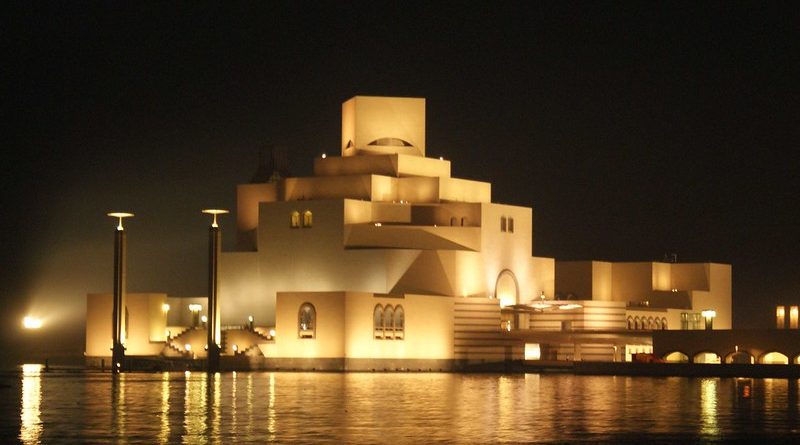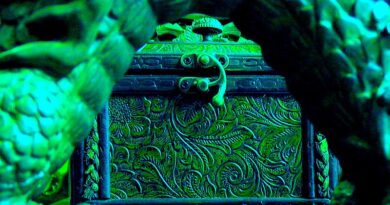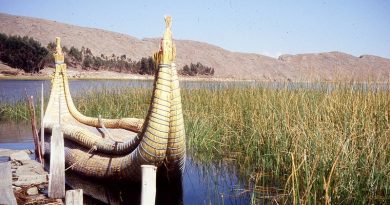Meteoric Museums of Arab Gulf States
Since the turn of the millennium, the emirates of the Gulf have been on a museum-building campaign, recruiting the world’s most famous and award winning architects- known as starchitects- to design elaborate structures, and partnering with major Western cultural institutions.
Qatar has opened one big museum and has two others in the works. Abu Dhabi is planning two new museums next to its Louvre offshoot.
The Louvre project has been called France’s largest cultural project abroad and allows for the licencing of the Louvre name abroad and sharing of its treasures until 2037. Already it is the largest and most visited museum in the Arabian peninsula .
The museum was designed by French starchitect , Jean Nouvel . His team designed the museum as a “seemingly floating dome structure”; its web-patterned dome allowing the sun to filter through. The overall effect is meant to represent “rays of sunlight passing through date palm fronds in an oasis.”
Qatar’s Museum of Islamic Art opened in Doha more than a decade ago and was designed by I. M. Pei, the architect of the pyramid at the Louvre.
The museum is influenced by ancient Islamic architecture yet has a uniquely modern design involving geometric patterns. It is the first of its kind to feature over 14 centuries of Islamic art in the Arab States of the Persian Gulf.
Nouvel, the architect of Louvre Abu Dhabi, also designed the National Museum of Qatar.
The building opened in 2019. Nouvel says his design was inspired by the desert rose crystal, which can be found in Qatar.The museum site includes the royal palace which belongs to the ruler of Qatar, Sheikh Abdullah bin Jassim Al Thani.
Back in Abu Dhabi , Frank Gehry’s plans for the Guggenheim’s Middle Eastern outpost are titanic, projecting an institution 12 times the size of its New York sister.
The plot for this behemoth is a new man-made island just off Saadiyat Island’s coastline, near where the Louvre is situated, and Gehry’s deliberately “messy” concept consists of colossal blue glass cones and building-block formations that will encircle the structure, seemingly colliding at its apex—an echo of Ottoman architecture and treasured structures such as the Suleymaniye Mosque in Istanbul, Turkey.
Gehry’s Guggenheim project is scheduled to open in 2025, nearly 20 years after the project was unveiled and more than 14 years after construction began.
The meteoric rise of Qatar and the United Arab Emirates from Bedouin cultures to global art hubs has been the fruit of elaborate social and political strategies, orchestrated through astonishing buying sprees at auction, the creation of Art Dubai as one of the most glamorous of all art fairs, and the plans for a multitude of first-rate museums.
This endeavor by small Persian Gulf states to become a major art-world nucleus has been bankrolled by their oil-rich governments.
Says Jean Nouvel: “Any time a country experiences a period of great economic prosperity, it becomes reflected in its culture, in its cities, in its capital, and translates into architecture, big buildings, big museums,”
“After the very rich period that the emirates have lived through, both culturally and economically, and the complete mutation of their cities, it’s normal that there should be buildings symbolizing this golden age. “




